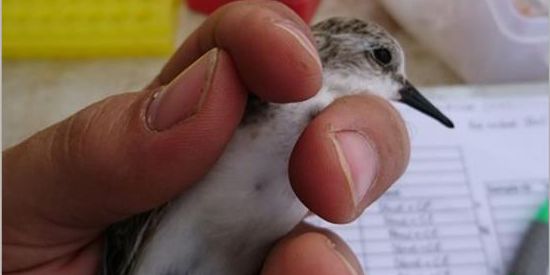Deakin researchers aim for early detection to stop bird flu from taking flight
Media release
As far as global-scale deadly infections go, Coronavirus has rightly had the world on tenterhooks for the last three years.
But spreading its wings at the same time is avian influenza – commonly known as bird flu.
Deakin University researchers have spent the past decade reviewing more than 10,000 birds to establish what species might have it and when it may arrive.
This information is crucial in predicting outbreak risks in Australia.
The study, which is not only unique for Australia but also globally because of its length and the number and diversity of samples involved, provides a detailed insight into the evolutionary ecology of avian influenza by learning which birds are the main carriers of the virus.
Bird flu is lethal to poultry and potentially fatal in humans and just like COVID, can cause widespread disruption to all facets of society.
Over the last 12 months, approximately half a billion chickens died or were destroyed in relation to a new and highly virulent form of bird flu, that rampaged across all continents, except Antarctica and Australia.
That same virus killed hundreds of thousands of wild birds over the same period, decimating many species and resulting in Europe recording 2022 as its most devastating bird flu season in history.
Scientists are concerned that 2023 will be even worse.
School of Life and Environmental Sciences Professor Marcel Klaassen led the Deakin research, recently published in Proceedings of the Royal Society - Biological Sciences.
“We have analysed thousands and thousands of samples to establish which species of birds are most likely to be the main carriers”, said Professor Klaassen. “We discovered that ducks and migratory shorebirds were the most likely bird groups to carry the virus. Information that is crucial in predicting if, and when, Australia may experience bird flu outbreaks.
The relevance for humans is that some avian influenza, just like coronavirus strains, have zoonotic potential, meaning they can spread between animals and people. The 1918 Spanish Flu pandemic is an example of this, with between 25-50 million deaths as a result.
Notably with the new and highly virulent avian influenza virus on our doorstep, our research helps in deciding what birds to sample, and the areas to focus on, so we can be on the front foot when it arrives in Australia.
An early detection is important to stop the virus in its tracks, avoiding its spread into other wild birds and the poultry industry by stepping up biosecurity measures.”

